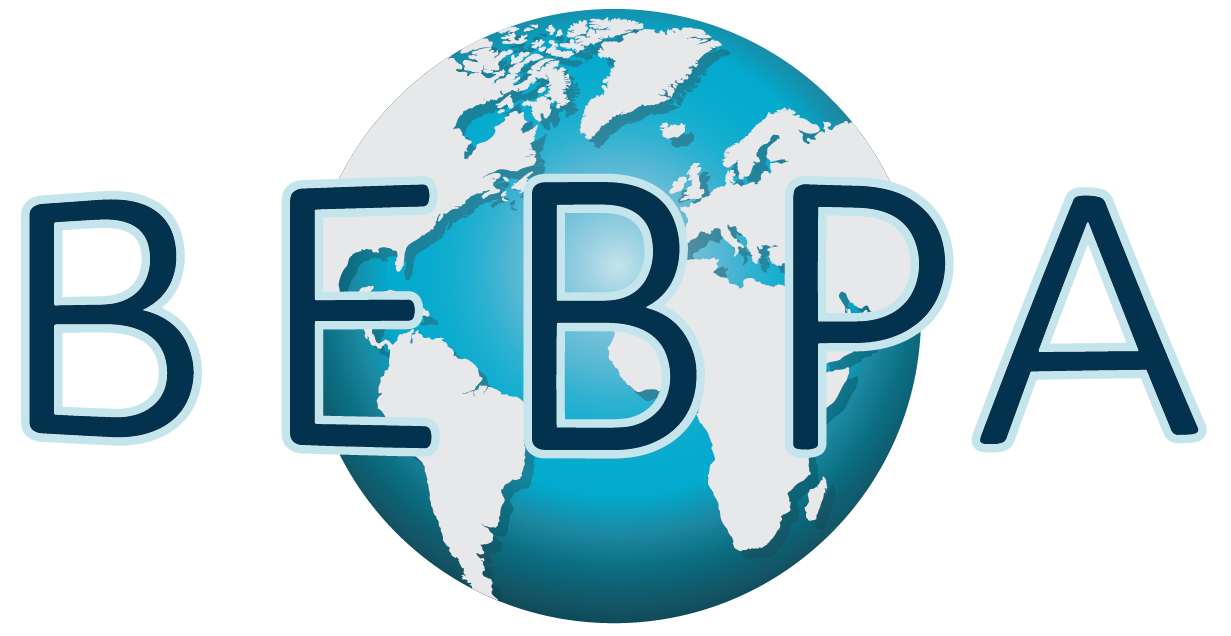BEBPA Blog
Volume 1, Issue 10
The Role of USP Chapters in Bioassay Development and Validation
By Steven L. Walfish, Principal, Iovance
Design, development and validation of bioassays has been part of the USP/NF for nearly 50 years. The chapters are regularly reviewed and revised by the Statistics Expert Committee. USP <111> covers statistical analysis and outlier methods, leaving most of the details to USP <1032>, <1033> and <1034>, which are guidance documents. These chapters are currently under revision with the intent to review and revise the USP Bioassay Chapters to include more statistical guidance based on current thinking in the industry. The USP chapters support the best practices in industry to reduce development and validation time ensuring a quality assay that meets the regulatory framework. For example, similarity of non-EC50 parameters, parameter-specific similarity or is a composite estimate enough. Is the slope really a slope? Revisit recommendations for setting equivalence margins. Additional examples will be added to highlight tools and techniques presented in the Chapters, but not explained.
USP General Chapter <1032> focuses on assay design and development. USP Pharmacopeial Forum (PF) 50(6) is open for commenting on proposed changes to the chapter. Bioassay performance requirements are developed in life cycle terms and assay capability based methods for setting equivalence bounds are more clearly described. There are changes that emphasize the importance of control of potency bias and an expanded discussion of outliers; including references to USP <1010>. There is more explanation and examples of groups (design structure) and mixed models with less support for weighted models. An introduction to alternate parameterizations of models is introduced with additional designs and examples.
USP General Chapter <1034> includes statistics concepts and methods of analysis for the calculation of potency and confidence intervals for a variety of relative potency bioassays. Relative potency is a measure obtained from the comparison of a test sample to a standard based of the capacity to produce the expected biological activity. USP <1034> presents several different models and suitability criteria to determine the reliability of the estimate.

About The Author: Steven Walfish
Mr. Walfish is Principal CMC Statistician at Iovance Therapeutics. In this role, he is responsible for support of process and analytical functions including qualification and validation of bioassay. Prior to Iovance, Mr. Walfish worked at AstraZeneca, GSK and United States Pharmacopeia (USP) where he was responsible for the Statistics Expert Committee. Prior to USP, Mr. Walfish was Principal Statistician at Becton Dickinson in Franklin Lakes, NJ responsible for supporting continuous improvement efforts and process development for worldwide operations. Mr. Walfish has held roles at GE Healthcare, Human Genome Sciences and Chiron. Steven was President of Statistical Outsourcing Services, a consulting company that provides statistical analysis and training to the FDA regulated industries.
Mr. Walfish brings over 30 years of industrial expertise in the development and application of statistical methods for solving complex business issues. Steven has experience applying statistical methods to analytical method verification and validation and stability analysis.
Mr. Walfish holds a Bachelors of Arts in Statistics from the University of Buffalo, Masters of Science in Statistics from Rutgers University and an Executive MBA from Boston University.
